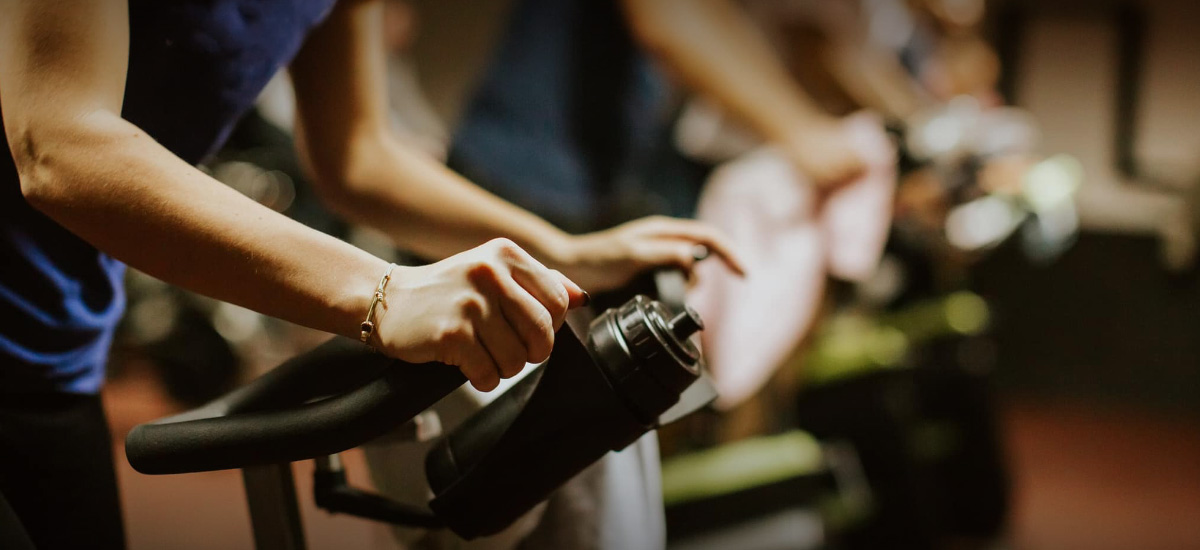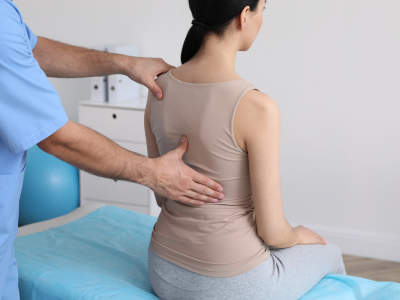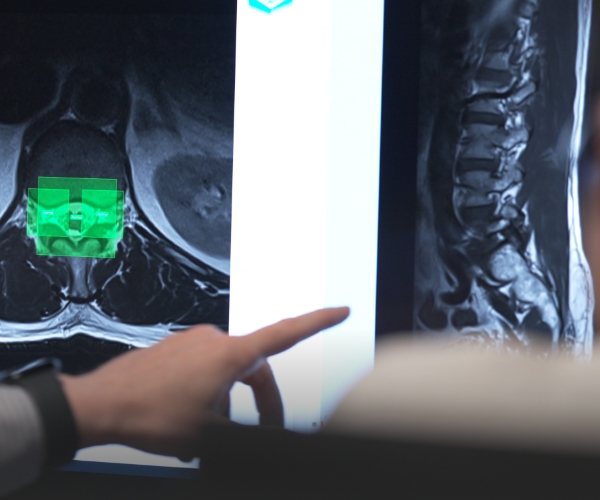Published on 30 September 2021
Earlier this year, a number of people were hospitalised with rhabdomyolysis after attending spin classes. But what is this condition exactly? Dr Wang Mingchang from the NUH Sports Centre breaks it down.
A potentially fatal syndrome that causes the breakdown of muscles in the body has risen to the spotlight after two Singaporean women were hospitalised following a spin class.
Rhabdomyolysis, also known as rhabdo, is a condition caused when the skeletal muscle is damaged severely, leading to the leakage of potentially toxic cell contents into the bloodstream.
Understanding rhabdomyolysis
Rhabdo may be caused by a variety of reasons. However, these particular cases appear to reflect exertional rhabdomyolysis (ER), which is caused by physical exertion, said Dr Wang Mingchang, Sports Physician at the National University Hospital (NUH) Sports Centre.
In most cases, ER has no long-lasting effects. While symptoms can be debilitating, including extreme muscle pain and weakness, most patients recover fully – although this might take from a few weeks up to a few months, said Dr Wang.
For these patients, treatment usually includes hydration via an intravenous saline drip to ‘cleanse’ the kidneys of the muscle breakdown products, and occasionally medications to correct the electrolyte imbalance.
Causes and risk factors
“Most cases occur after prolonged and intense physical exertion, [when] the athlete ignores muscle fatigue or soreness and continues to exercise for an extended period with minimal rest breaks,” explained Dr Wang, who is also Consultant, Division of Sports, Shoulder & Elbow Surgery at NUH.
For instance, he once encountered a case when a physically active teenager developed ER after doing multiple repetitions and sets of dumbbell bicep curls. “An innocuous and simple exercise like the bicep curl can also lead to rhabdomyolysis if taken to the extreme,” he said.
However, ER can also happen even without intense physical exertion, cautioned Dr Wang. Some risk factors include exercising in hot and humid conditions, while dehydrated or fatigued, ill, or on certain medications.
Exertion in physically untrained individuals could also lead to ER, he added.
Prevention and precautions
As such, beginners – particularly in group exercise classes – should listen to their bodies and start slow. “If you feel excessive fatigue, please rest and do not be obliged to follow the crowd,” he said.
He also advised people to stay well-hydrated and avoid exercising in hot and humid environments for extended periods of time. Patients taking cholesterol medications who experience muscle aches out of proportion to exertion should consult their primary doctor, he added.
In consultation with Dr Wang Mingchang, Consultant, Division of Sports, Shoulder and Elbow Surgery, NUH and Sports Physician, NUH Sports Centre.




